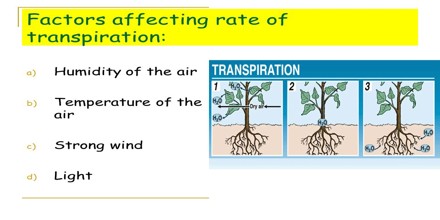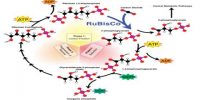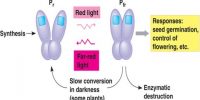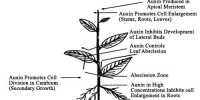The transpiration regulatory factors are of two types: External factors and Internal factors.
External factors:
(i) Light:
- Light regulates the transpiration directly and indirectly by two ways. Firstly, stomata open in the presence of light and close in the absence of light.
- The decrease and increases in the rate of transpiration occur due to the closing and opening of stomata.
- Secondly, sunlight is converted to heat energy reduces the relative humidity of the atmosphere and thus increases the rate of transpiration
(ii) Humidity of air: The change in humidity of air changes the rate of transpiration. Dry air can hold more moisture and thus increases the rate of transpiration. On the other hand, humid air decreases the rate of transpiration.

(iii) Temperature:
- The rate of transpiration increases with the increase in temperature.
- As the relative humidity decreases with the increases of temperature, thus the rate of transpiration increases.
(iv) Air current:
- Air current disposes of saturated air surrounding a transpiring leaf, thus increases the rate of transpiration.
- Though the normal air current increasing the transpiration the stomata close in the strong air current and thus decreases the rate of transpiration.
(v) Effect of atmospheric pressure: The rate of transpiration increases with the decrease of atmospheric pressure because the diffusion meth closely depends on atmospheric pressure. Therefore in high altitude, the rate of transpiration is higher than that of lower altitude
(vi) Soil water:
- The water absorbing capacity of plants increases with the increase of soil water
- Plants absorb less water with less availability of water in the soil and thus the rate of transpiration decreases
- Besides, the coolness of water, alkalinity of the soil, higher concentration of soil water etc influence the transpiration.
Internal factors:
Root-shoot ratio: The less the number of reels the less will he the water absorption in plants and thus the rate of transpiration reduces.
Leaf area: It is an established fact that the greater the leaf area the greater will be the magnitude.
The rate of transpiration: The presence of cuticle, then cell wall, more spongy tissue and numerous open stomata in leaves increase the rate of transpiration.














